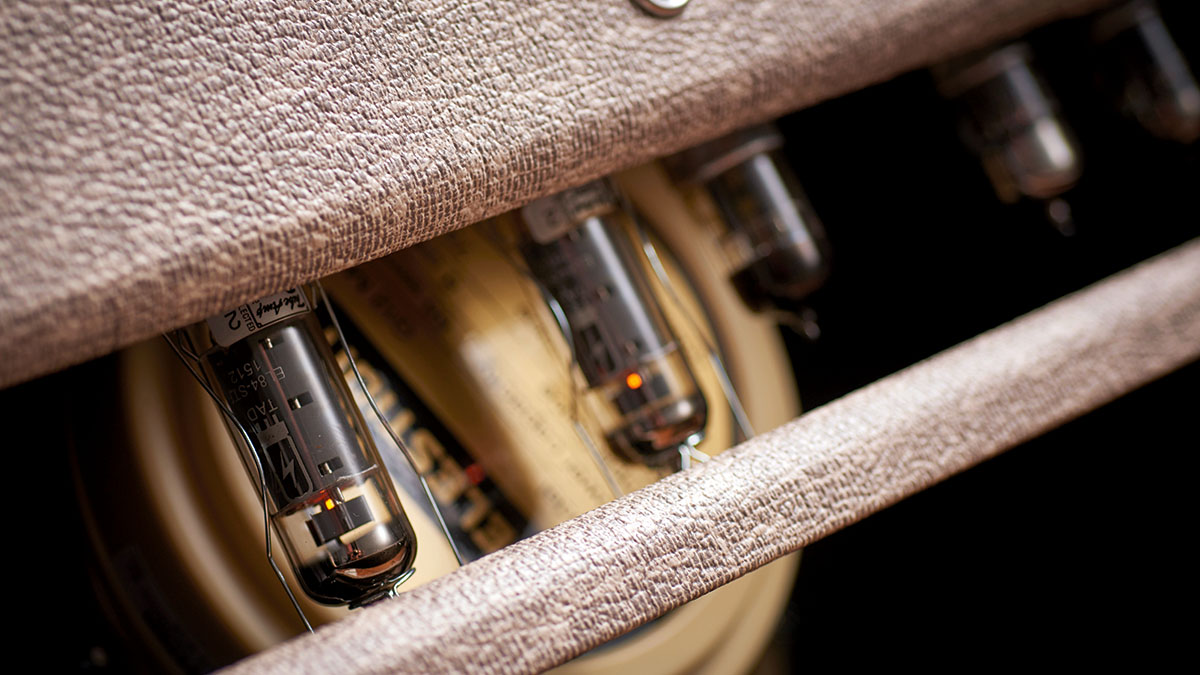
Preamp tubes are usually triodes, with pentodes occasionally used and tetrodes not featuring at all. In contrast, power triodes are rarely used as power tubes, but tetrodes and pentodes are commonplace.
That said, power triodes have a following in hi-fi circles where their supposedly superior audio characteristics take precedence over sheer volume.
Triodes had been around since 1906 and tetrodes can be traced back to Walter Schottky’s work on bi-grid tubes in 1919.
Early tetrodes were devised to outperform the high-frequency response of triodes, but they were only partially successful, for reasons we’ll discuss later. Meanwhile in Holland, tube technology was about to take a big step forward.
Pentode push
Bernard DH Tellegen and Gilles Holst invented the pentode valve in 1926, while they were working for the Philips Physics Laboratory in Eindhoven. Mullard was a subsidiary of Phillips and the name would later become synonymous with the best pentode power tubes.
Power and preamp pentodes work in exactly the same way, as we described in our guide to preamp tubes. With a negatively charged suppressor grid added to reflect secondary electron emission caused by the screen grid, pentodes can produce far greater amplification than triode and tetrode power tubes.
EL34s have become closely associated with ‘British’ rock tone, where their powerful midrange and break-up characteristics become an asset.
The most famous example is probably the EL34, which has been used in various Marshall, Orange, Vox, Selmer and Hiwatt amps. These tubes have become closely associated with ‘British’ rock tone, where their powerful midrange and break-up characteristics become an asset.
Get The Pick Newsletter
All the latest guitar news, interviews, lessons, reviews, deals and more, direct to your inbox!
The lower power EL84 is a smaller pentode that unusually slots into the type of mini nine-pin socket that’s usually used for preamp tubes. EL84s powered the Vox AC4, 10, 15 and 30, as well as Marshall 18-watt and 20-watt models, plus various lower-power WEM amps. They also featured in Gibson amps under the US designation 6BQ5.

Tetrode types
As we described last time, the tetrode’s screen grid causes electrons to hit the anode so hard that more electrons are emitted from the anode. This secondary emission effect occurs within a specific anode voltage range and causes increased distortion and lower amplification. When the tube’s anode current to anode voltage response is plotted out on a graph, the current dip or ‘kink’ is clear to see on the curve.
Pentode tubes provided a viable alternative, but with the Phillips Corporation holding the patent, other manufacturers would have to make royalty payments. Instead, electronics engineers redesigned the tetrode using carefully aligned control and screen grids made from wire coils to provide electrons with an unobstructed path from cathode to anode.
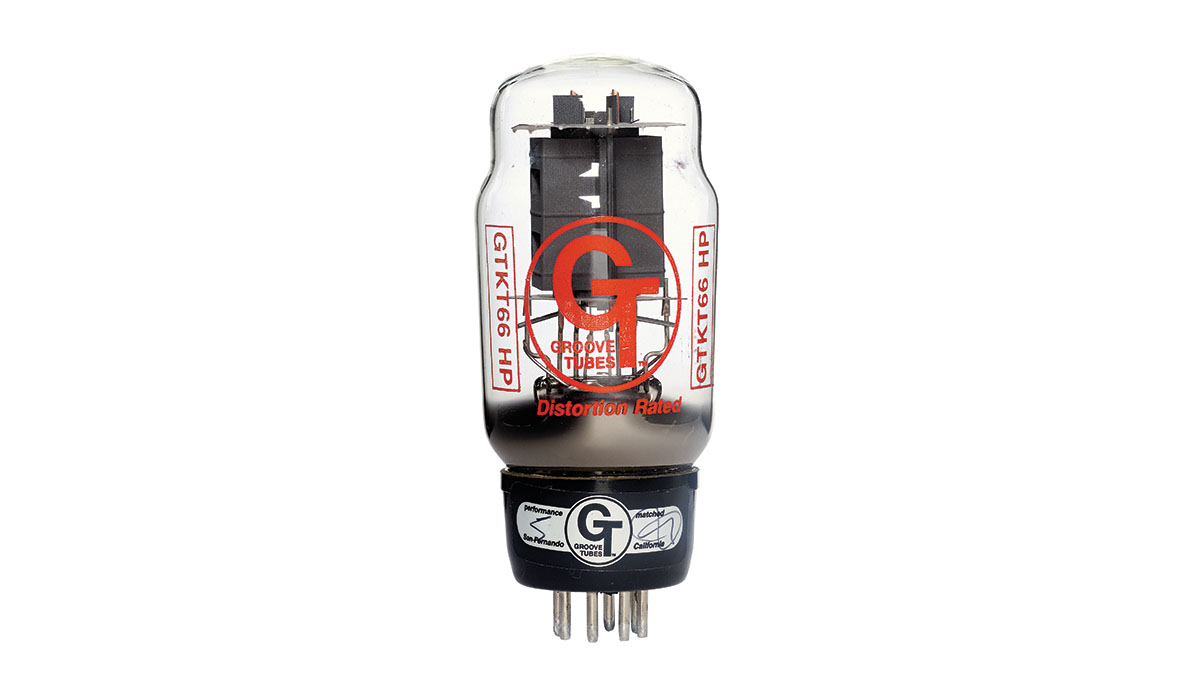
They also employed negatively charged beam confining plates to direct the electrons towards the anode. This focuses the electrons so they converge between the screen grid and the anode before continuing to the anode.
This area of convergence forms a ‘virtual’ suppressor grid to knock any secondary emissions back to the anode and eliminate the ‘kink’ that typifies tetrode tubes.
The tetrode power tubes used in guitar amps are more accurately known as ‘beam tetrodes’, ‘kinkless tetrodes’ or ‘beam power tubes’. Compared to pentodes operating at the same anode voltage, the screen grid current remains very low, so there is almost no loss of signal, and power output can be up to 20 per cent higher with lower third harmonic distortion.
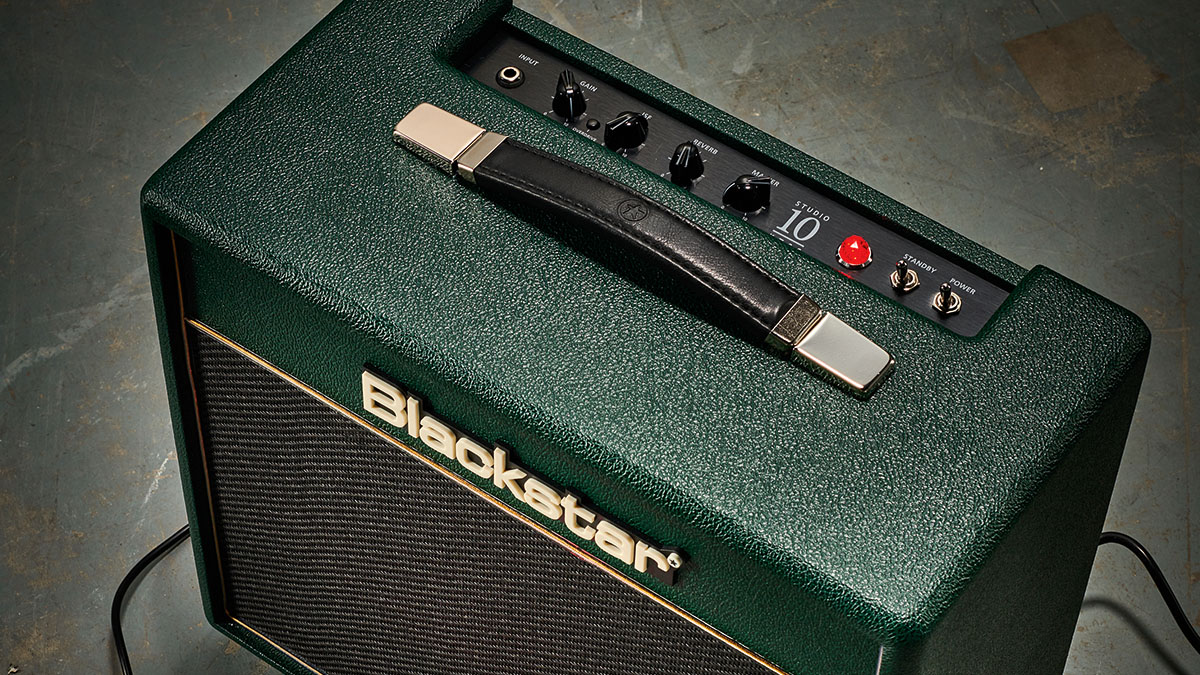
The list of beam tetrodes used in guitar amps is extensive. Most will be familiar with the 6V6, 6L6, 5881 and 6550 used in countless US-made amps, as well as British amps destined for the US market.
Beam tetrodes were also designed and manufactured in Europe by Marconi-Osram, and classic examples include the KT66 used in early Marshalls and the KT88 seen in high-power Marshall, Hiwatt and Ampeg amps.
By now, you can probably guess what ‘KT’ stands for (‘kinkless tetrode’, for anyone who missed it). Original GEC KT66s and KT88s are now rare and eye-wateringly expensive, largely because hi-fi enthusiasts are even crazier than guitarists when it comes to vintage tubes. Things have gone much the same way with classic US beam tetrodes, but in both cases viable modern-production options are available.
Single-ended
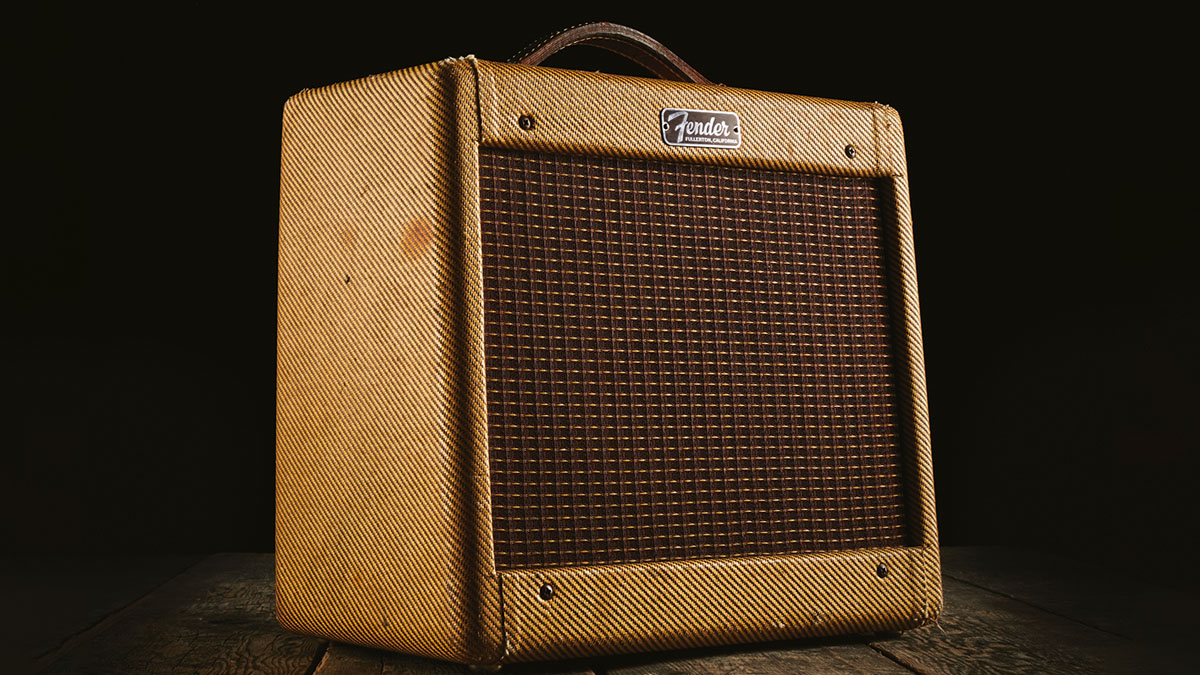
Using only one power tube in an amplifier is known as ‘single-ended’ operation and examples of single-ended amps include the Fender Champ (as pictured, opposite), Vibro Champ and tweed Princeton, the Vox AC4 and the Carr Mercury.
In single-ended operation, the power tube amplifies both the positive and negative phases of the audio waveform. Although rare, some amp designs feature two power tubes operating in parallel single-ended mode to generate more power. But where power is the priority, push-pull operation is the industry standard.
Pushing & pulling
In push-pull mode, one tube amplifies the positive side of the waveform and the other tube amplifies the negative. This means the power tubes can ‘rest’ when they’re not pushing signal, and this sharing of the workload allows push-pull amps to generate power more efficiently and with less harmonic distortion.
Depending on the power requirements, push-pull amps can utilise pairs, quartets, sextets or even octets of power tubes. The only stipulation for ‘parallel push-pull’ is that the same number of tubes operate on each side of the audio signal.
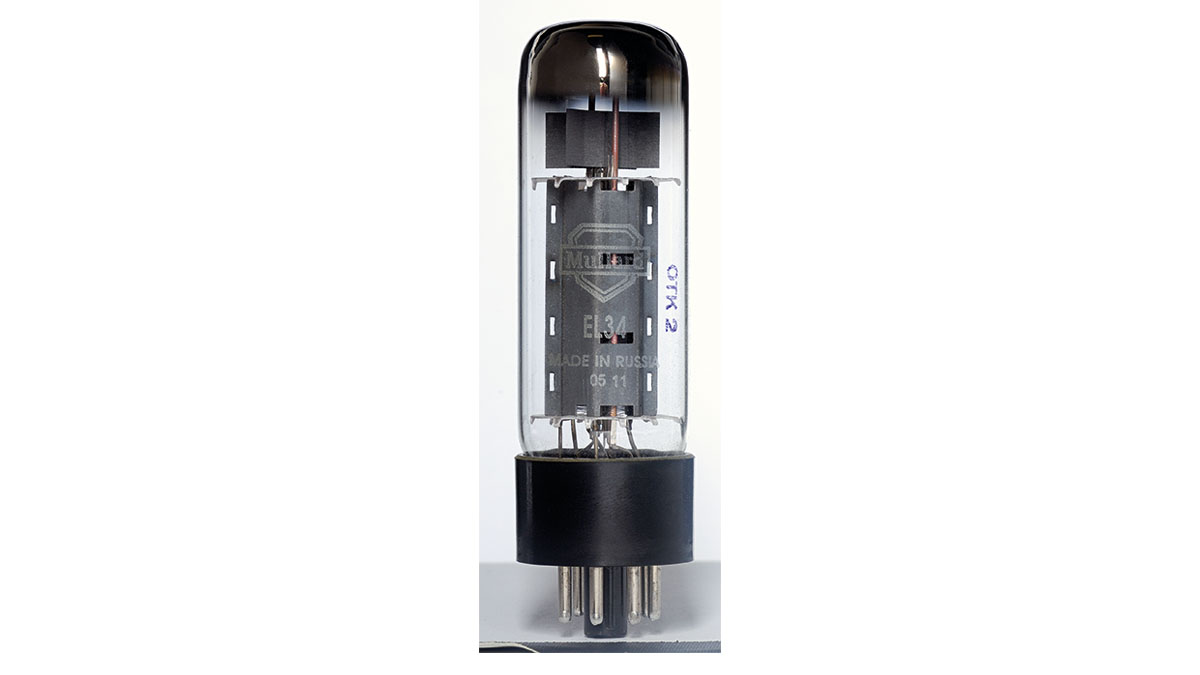
Class systems
Guitar amps are usually designated Class A and AB, but contrary to appearances, Class A isn’t necessarily superior to Class AB. When power tubes ‘rest’ for portions of the audio cycle, that’s Class AB. In Class A the power tubes never shut down and they all work continuously.
Class AB operation is more efficient and it makes amps louder and punchier. All single-ended amps operate in Class A because there is no second power tube to share the work. Push-pull amps can also operate in Class A, with the Fender Tweed Deluxe being a classic example.
These Class A amps generate more heat and are associated with a smoother overdrive and harmonic complexity. But it’s not always a straightforward ‘A versus AB’ thing because amp designers can adjust the supply voltage and bias to place an amp anywhere on the A to AB spectrum.
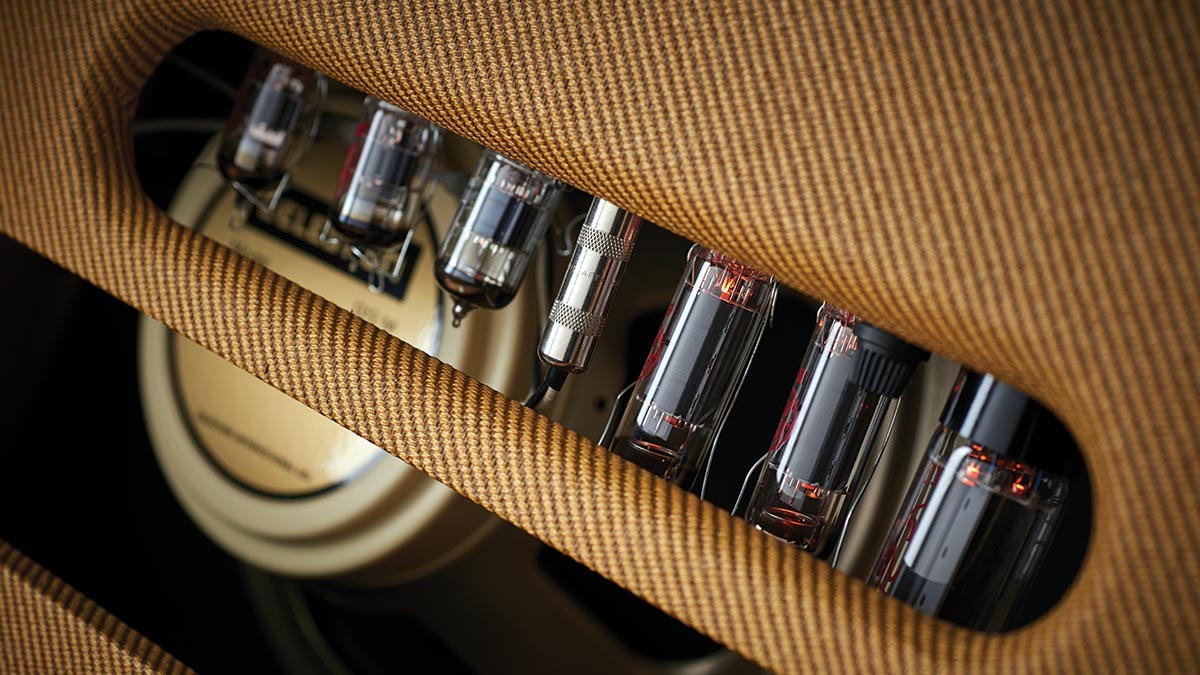
Being biased
Understanding the basics of biasing should make it clear why changing power tubes is not like changing light bulbs, and why you can’t simply replace 6V6s with 6L6s if you want more power – or vice versa. The bias setting equates to a car’s idle revs. In other words, the level at which the tube or engine ticks over when it’s at rest.
In the case of tubes, biasing means setting the idle current flowing through the tube when there’s no audio signal present. The overwhelming majority of tube amps have power tubes operating in either fixed bias or cathode bias mode, so let’s examine how each method works and discuss the resulting sonic characteristics.
Higher-power amps tend to have a fixed bias arrangement, which is usually associated with tighter lows, clean headroom, more punch and less compression. You’ll find it in most Fender, Hiwatt and Marshall amps rated over 20 watts, and virtually any high-gain amp.
But ‘fixed bias’ is slightly misleading because the point at which it’s fixed it can be varied. A diode ‘half wave’ rectifies a negative voltage from power transformer, which connects to the power tube control grids via bias and grid resistors.
The negative bias voltage can be adjusted by changing resistor values or using a potentiometer. On a related note, bias tremolo actually functions by modulating the bias voltage, which causes the tube output to fluctuate.
Some technical knowledge is needed to bias a set of power tubes, and that’s beyond the scope of this article. However, bias should be checked and, if necessary, reset when swapping tubes because they all vary to some degree.
The bias setting will affect tone as well as the lifespan of the tubes, and every tube will have a recommended bias range for any given plate voltage. Running a tube at the hotter end of that spectrum generates more power and potentially distortion. This stresses the anode/plate and you will need to change tubes more regularly – assuming they don’t ‘red plate’ and blow up.
Cool running tubes sound cleaner and they should last longer, but you may find the tone somewhat sterile and uninspiring. Generally speaking, most techs will set the fixed bias voltage to generate about 70 per cent of a tube’s maximum power.
There is always a sweet spot, so drawing conclusions about the tonal characteristics of various power tubes operating in fixed bias mode is spurious unless the bias is checked and adjusted for each set.
Cathode biasing is simpler and to some extent self-adjusting. Rather than connecting directly to ground, as is the case with fixed biasing, the cathode is grounded via a bias resistor with a capacitor generally wired in parallel.
Pairs of tubes usually share the same cathode bias components, but they can also be biased individually. Cathode bias sonic characteristics may include extra touch compression, smooth overdrive, harmonically rich midrange and early break-up.
In cathode bias mode, tubes can be run at close to 100 per cent of their power potential
So long as the cathode resistor and capacitor test good, a new set of equivalent power tubes can replace the old ones without any need for a bias check. Having said that, checking the bias is never a bad idea given the cost of tubes these days.
In cathode bias mode, tubes can be run at close to 100 per cent of their power potential. Typical examples of cathode biased amps include all the tweed Fender Deluxe models, the Vox AC10, AC15 and AC30, and Marshall 18 Watt. Vintage-inspired modern examples include Lazy J’s J10 and J20, and various offerings from the likes of Carr, Matchless and Swart.
Power switching
Power switches are becoming more prevalent on amps, and pentodes can be reconfigured to work as triodes to achieve low power mode. In order words, taking the pentode’s screen and suppressor grids out of circuit leaves only the cathode, anode and control grid as the active components.
This method of power reduction can be preferable to onboard or outboard attenuation and, relatively speaking, it has little effect on an amplifier’s tone.
Huw started out in recording studios, working as a sound engineer and producer for David Bowie, Primal Scream, Ian Dury, Fad Gadget, My Bloody Valentine, Cardinal Black and many others. His book, Recording Guitar & Bass, was published in 2002 and a freelance career in journalism soon followed. He has written reviews, interviews, workshop and technical articles for Guitarist, Guitar Magazine, Guitar Player, Acoustic Magazine, Guitar Buyer and Music Tech. He has also contributed to several books, including The Tube Amp Book by Aspen Pittman. Huw builds and maintains guitars and amplifiers for clients, and specializes in vintage restoration. He provides consultancy services for equipment manufacturers and can, occasionally, be lured back into the studio.
"I never use my tube amp at home now, because I have a Spark Live": 5 reasons you should be picking up the Positive Grid Spark Live in the massive Guitar Month sale
“Our goal is to stay at the forefront of amplification innovation”: How Seymour Duncan set out to create the ultimate bass amp solution by pushing its PowerStage lineup to greater heights











